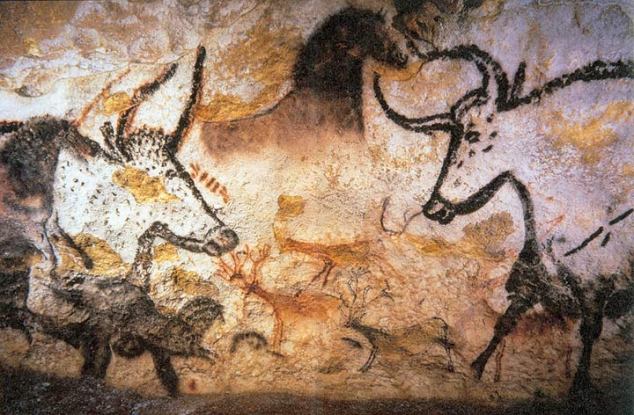
Paleolithic cave painting in France, © Prof saxx, shared under the permission of CC BY-SA 3.0.
Can courage in its purest form, detached from all worldly wants and messy emotions, indubitably produce the purest good?
Epic blockbuster The Legend has mighty ambition written all over it. Not only does it depict the story of 4th-5th century Goguryeo king Gwanggaeto the Great, whose conquests led him to reign over the largest territory in Korean history, through grand battle scenes, it mixes in the founding myth of Korea, Christian symbolism, an artistic sensibility reminiscent of medieval European legends, and the Four Spirits of Chinese astrology portrayed in Goguryeo murals: the Black Tortoise of the North, the Azure Dragon of the East, the Vermilion Bird of the South and the White Tiger of the West. In the drama, the Black Tortoise totem is activated when Gwanggaeto experiences dark fury, the Azure Dragon totem in times of cool benevolence and the Vermilion Bird totem in burning passion. The White Tiger totem is the one representing innocent courage and the divine creature is reincarnated as Jumuchi, a tribal warrior of Herculean build who fights for righteous causes without a tremble and without care for material gains or bodily well-being.

You must be logged in to post a comment.